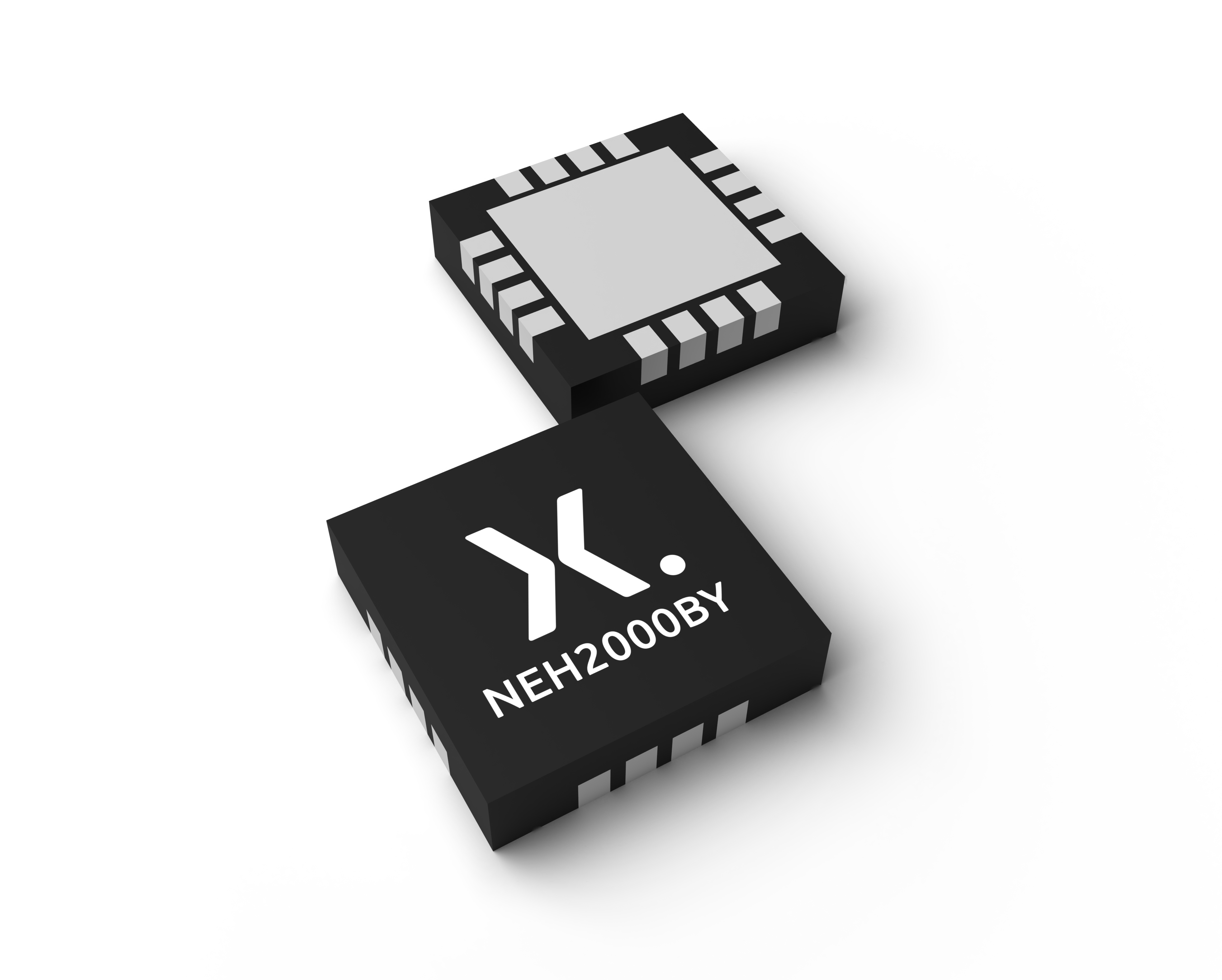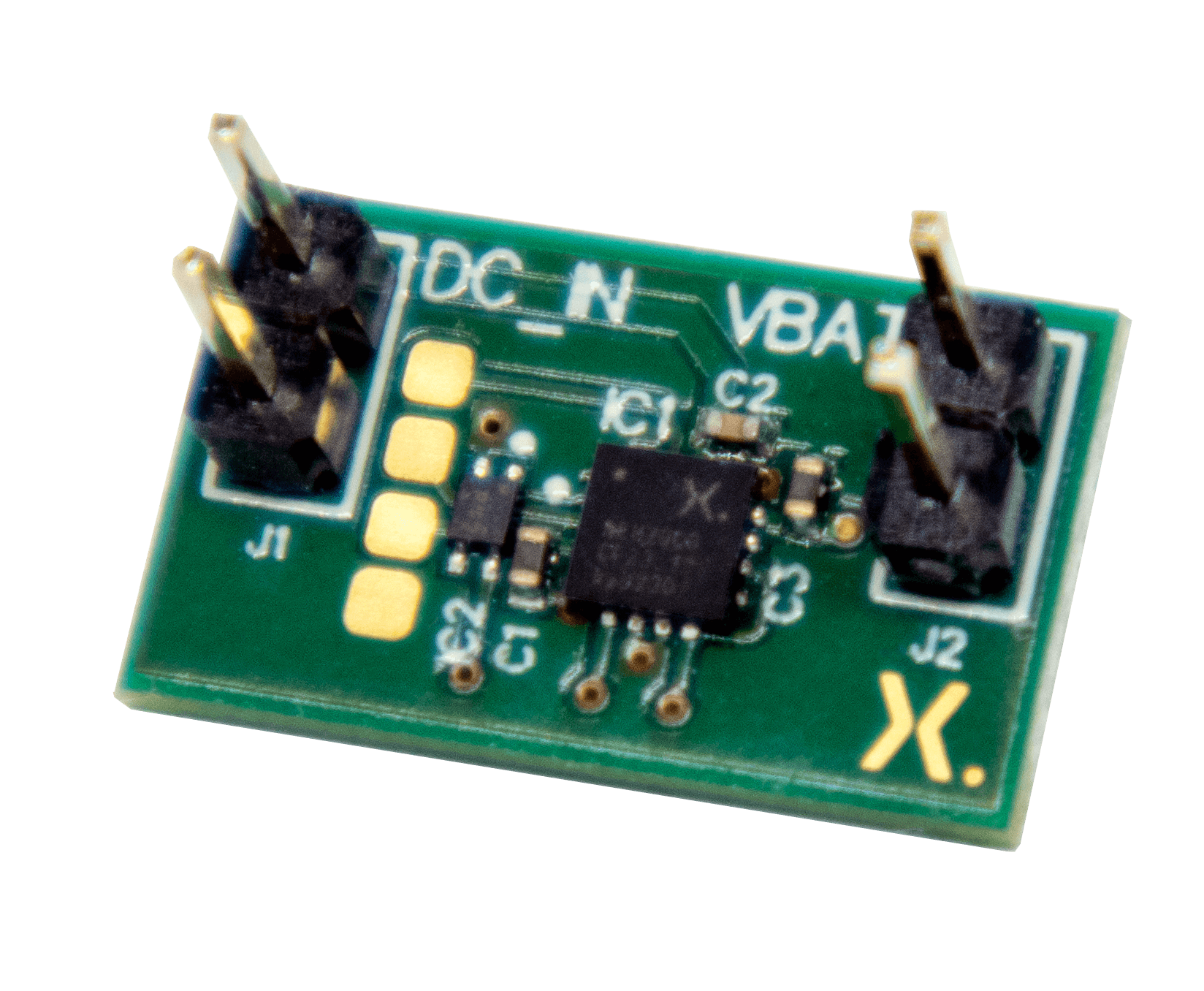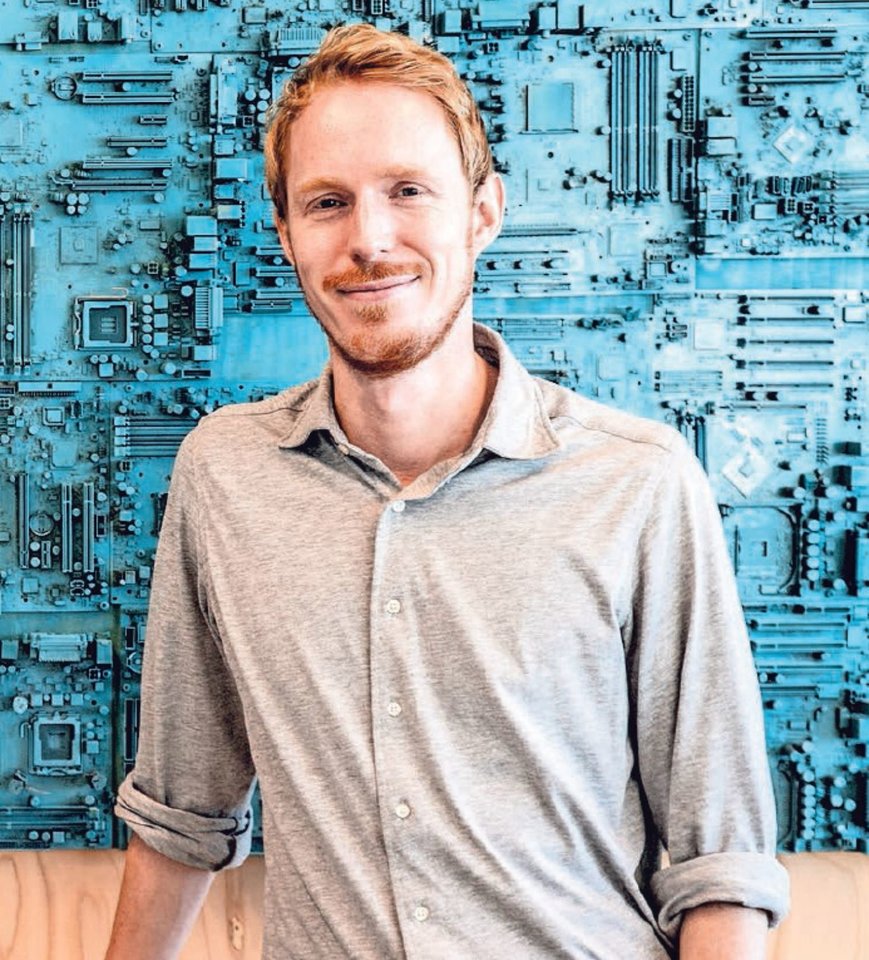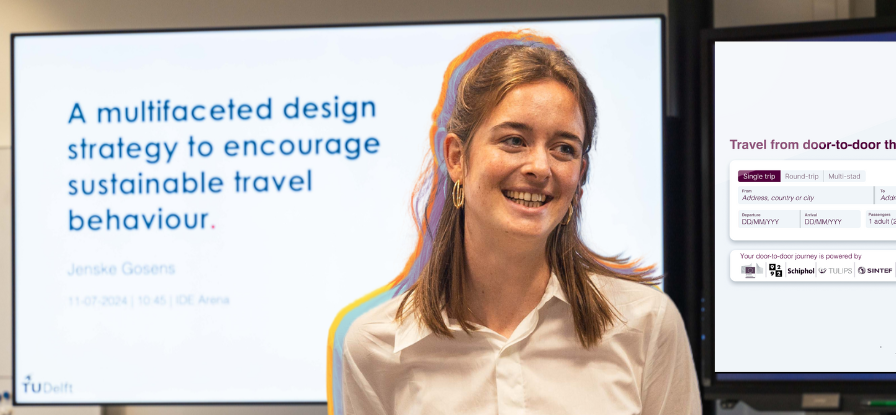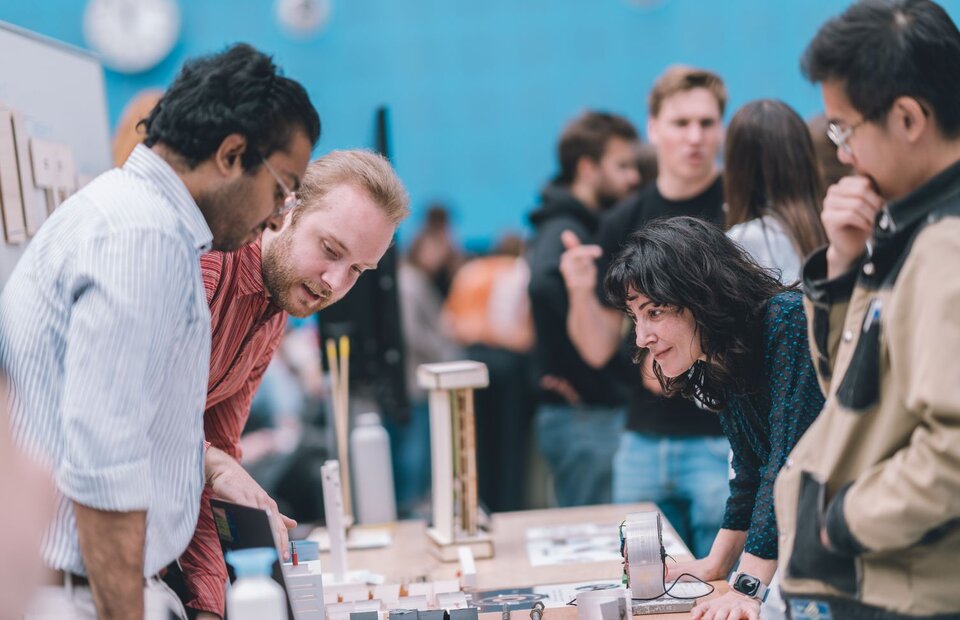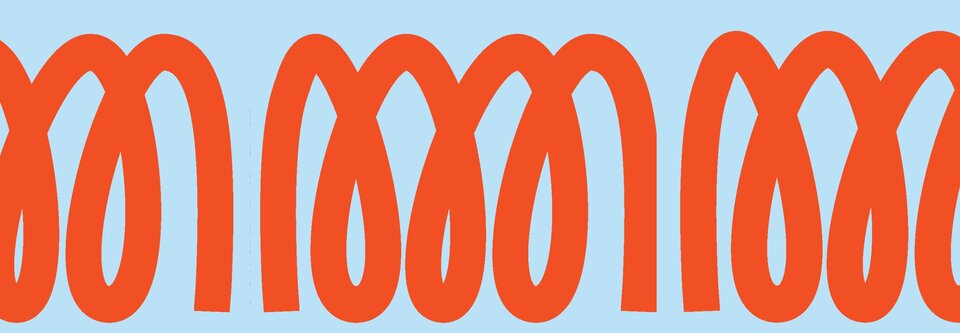IDE Alumnus Simon van der Jagt: “Designers give meaning to technology”
Simon van der Jagt is founder of the green chip company Nowi. He sees great value when it comes to designers in the tech sector. "The university has so much knowledge. But what concrete problem is being solved for people? Where and when is technology the solution? Designers ask the right questions."
We’ve all used them, the collection bins at recycling centre, or at the office. We deposit our old batteries, hoping to give them a second, third, fourth life. "But the reality is rather disappointing," explains Simon van der Jagt, IDE alumnus and founder of green chip company Nowi.
Of the 15 billion batteries we throw away each year, only two per cent are recycled worldwide. The rest are rusting away somewhere. It is estimated that an area the size of Germany is now contaminated with hazardous waste leaking from batteries.
"And the battery mountain is growing," Simon explains. "We have more and more battery-powered appliances in our homes. On average 50 per household by now. And at companies. Waste bins in Schiphol, for example, all have their own battery-powered sensor. That’s unsustainable."
Away with our battery addiction
While studying at IDE, Simon van der Jagt realised we need to get rid of our battery addiction. He dedicated his final project in 2017 to it. "An electronic product has to be self-sufficient, drawing its energy from the environment. Via the sun, or vibrations, for example. That's energy harvesting."
Commissioned by Eneco, Simon started tinkering with the energy company's smart thermostat. The thermostat is equipped with sensors and they run on, you guessed it, batteries. "We wanted to change that. We tested different kinds of alternative energy-efficient computer chips. None lived up to expectations. That's when I saw an opportunity to develop self-powered chips. This is how my company Nowi came to life, which is now a part of Nexperia."
Design skills make the difference
Chip research is a bold choice for a designer. While students at IDE learnt about a broad range of technologies, integrated circuit boards would more typically be a focus for students from TU Delft's Faculty of Applied Science (AS) or Faculty of Electrical Engineering, Mathematics and Computer Science (EEMC). But Simon is convinced that designers have skills that make a difference, even in a field where designers have limited knowledge.
"Designers can give meaning to technology like no other. The university has so many labs, so much knowledge. But what concrete problem is being solved for people? Where and when is technology the solution? Designers ask the right questions, making it easier for us to discover and solve a real problem. And we do this in collaboration with researchers from other disciplines. I worked well with researchers at the Faculty of EEMC, for example. In addition, we are good at presenting, pitching, and explaining our ideas. That's already a big step towards implementing a solution. And it makes it easier to gather people around us."
Finally, Simon van der Jagt has a message to the university. "In my opinion, there is still too little collaboration between the various disciplines and faculties within TU Delft. For example, I walked into EEMC on my own accord, yet at first they looked surprised when they saw this ‘designer’ passing by. We need to come out of our research bubble more, the TU can encourage this."



